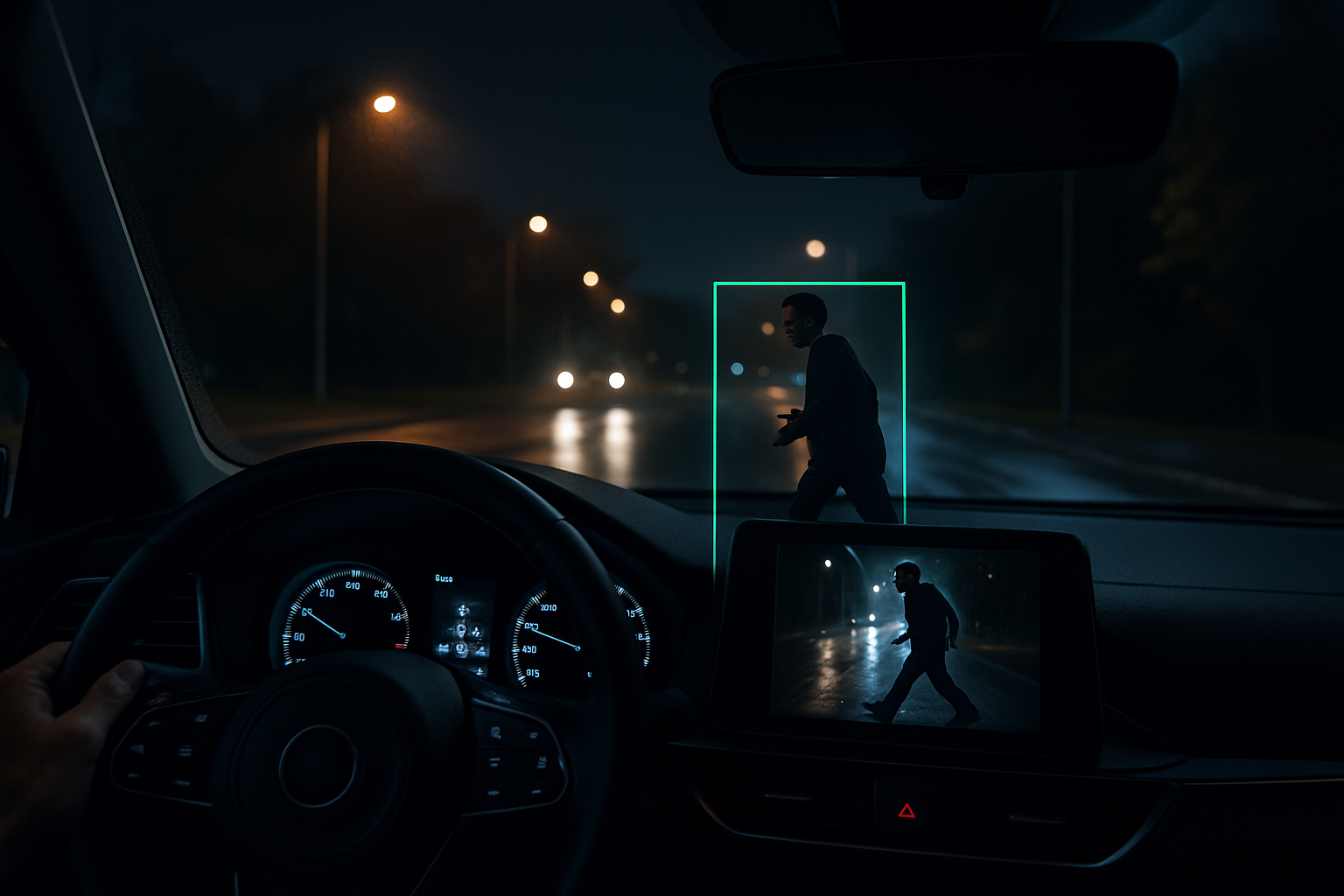Decoding the Language of Emojis: A Sociocultural Exploration
Unravel the fascinating world of emojis, the digital age's universal language. From humble beginnings to a sociocultural phenomenon, emojis have reshaped our communication methods. Dive into an in-depth analysis of their impact on society, cultural shifts, and the nuances of human interaction. Read below as we delve into this intriguing topic.

The Birth and Rise of Emojis
Originating in Japan in the late 90s, emojis were created as a means to convey emotions in digital communication. They were symbols designed to compensate for the lack of non-verbal cues in text-based interactions. Emojis quickly gained popularity, and by the early 2000s, they had become an integral part of digital communication worldwide. Their universal appeal is attributed to their ability to transcend language barriers, allowing for a more expressive and nuanced form of communication.
Emojis and Sociocultural Shifts
Emojis have not just transformed the way we communicate; they have also influenced our cultural landscape. They have become a tool for self-expression, enabling users to convey their mood, identity, and even political stance. Emojis have also shaped our social norms. For instance, the use of certain emojis can imply different meanings based on context, culture, and individual interpretation, thus creating a complex social code to be deciphered.
The Societal Impact of Emojis
Emojis have a profound societal impact. They have democratized communication, breaking down language barriers and allowing for more inclusive discourse. Moreover, they facilitate empathetic communication, helping users express emotions and sentiments that might be challenging to articulate in words. This has fostered a sense of connection and understanding, even in the impersonal realm of digital communication.
The Power and Pitfalls of Emoji Communication
Despite their popularity and positive impact, emojis also present certain challenges. Misinterpretation is common due to cultural differences in interpreting certain emojis. Moreover, over-reliance on emojis might lead to oversimplification or dilution of complex thoughts and ideas. However, with mindful usage and a nuanced understanding of their meanings, emojis can be used effectively to enhance digital communication.
The Future of Emojis
As we continue to evolve in the digital age, emojis are expected to play an even bigger role in our communication. They are likely to become more diverse and inclusive, reflecting the changing societal norms. Furthermore, they may become more interactive and sophisticated, mirroring the progress in technology. The language of emojis, it seems, is here to stay.
In conclusion, emojis have transformed the landscape of digital communication. They have become a universal language, shaping our sociocultural norms, and influencing our social behaviors. As we continue to navigate the digital age, it’s essential to understand and appreciate the power of this expressive and inclusive language.





